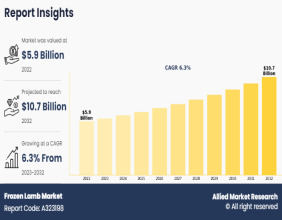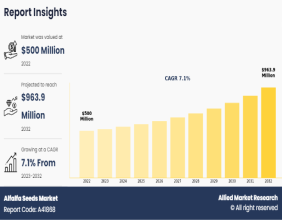Highlights
- Oil prices steady after initial decline on geopolitical and economic concerns
- US credit rating downgrade adds pressure to global growth outlook
- Trade tensions and OPEC+ production influence crude supply and demand balance
Oil prices have shown signs of stabilization following an early dip, as attention turns to ongoing geopolitical developments and economic indicators. Brent crude briefly slipped below $65 per barrel, decreasing by up to 1.1%, before recovering. Meanwhile, West Texas Intermediate (WTI) crude has hovered near $62 per barrel.
The energy market remains sensitive to diplomatic efforts aimed at resolving the conflict in Ukraine. A scheduled phone conversation between US President Donald Trump and Russian President Vladimir Putin is anticipated to play a significant role. However, given Russia’s current military position, expectations for major concessions remain limited.
Adding to market uncertainties, Moody’s Ratings downgraded the United States’ credit rating from its highest status late last week. This adjustment follows earlier moves by other major rating agencies and raises questions about the trajectory of the global economy. Concerns are mounting over the US sovereign debt market and its potential ripple effects on broader financial systems.
In recent weeks, crude prices experienced a rebound due to escalating tensions surrounding US-Iranian nuclear negotiations. Additionally, Israeli military actions targeting Houthi-controlled regions in Yemen have prompted threats of retaliation, injecting further volatility into oil markets.
Despite these fluctuations, crude futures are still down by more than 10% year-to-date. The ongoing trade conflict led by the US has cast a shadow over oil demand projections. Concurrently, the Organization of the Petroleum Exporting Countries and its allies (OPEC+) have begun restoring previously curtailed output, contributing to expectations of an oversupplied market later this year.
Investors keeping an eye on the S&P/ASX200 should note that energy sector movements could influence the index, particularly with major oil producers listed on the exchange. For those interested in steady income, exploring ASX dividend stocks might offer insights into companies with resilient cash flows amid market volatility.
Among the prominent companies impacted by these oil market dynamics are Woodside Petroleum Limited (ASX:WPL), one of Australia's leading oil and gas producers, which tends to react sensitively to global crude price shifts. Additionally, Santos Limited (ASX:STO), with significant upstream assets, is closely linked to the international energy landscape.
As global markets digest the latest geopolitical dialogues and economic signals, oil prices are expected to remain reactive. The interplay between diplomatic progress, credit ratings, trade policies, and production decisions will continue shaping the trajectory of crude costs and, by extension, key stock indices like the S&P/ASX200.




